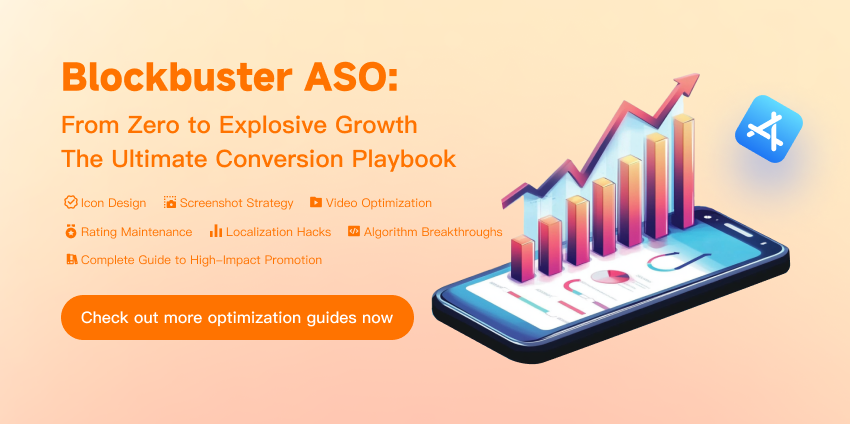
Loading...
Free consultation with ASO specialists
Doing ASO for the first time or have no idea how to carry out targeted optimization of your app?
We offer one-on-one customized services provided by app marketing specialists
iOS IDFA
What is iOS IDFA
iOS IDFA (Identifier for Advertising) is a unique identifier provided by Apple on iOS devices for the purpose of advertising delivery and analysis. Each device running the iOS system (such as iPhone, iPad, etc.) has a corresponding IDFA. This identifier consists of a string of 36 hexadecimal digits and hyphens, similar to a UUID (Universally Unique Identifier), such as "123e4567-e89b-12d3-a456-426614174000". Unlike the device's serial number, users can choose to reset the IDFA or limit ad tracking, which reflects Apple's emphasis on user privacy protection.
Use Cases
-
Precise Advertising Placement
Advertisers can understand users' interests, consumption habits and other information by collecting and analyzing users' IDFA data. For example, if a user often browses electronic products in shopping applications, advertisers can accurately push advertisements related to electronic products to the user according to his or her preferences reflected by IDFA, so as to improve the conversion rate and effect of advertisements.
-
Advertising Effectiveness Measurement
Through IDFA, advertisers can track a series of user behaviors from seeing an ad to downloading an app or completing a purchase. For example, after an advertising campaign is launched, advertisers can use IDFA data to count how many users downloaded the app through the ad, thereby evaluating the effectiveness and return on investment of the ad.
-
Market Research
App developers and market research agencies can use IDFA data to understand the distribution of users, usage habits and other market information. For example, analyzing the usage of various applications by users in different regions and age groups can provide references for the development and promotion of applications.
Privacy Protection and Challenges
As users' awareness of privacy protection increases, Apple has imposed increasingly strict restrictions on the use of IDFA. Starting with the iOS 14.5 system, app developers need to obtain explicit authorization from users before obtaining their IDFA. Although this measure protects user privacy, it also poses challenges for advertisers and developers. On the one hand, the accuracy of ad targeting may be affected because there is not enough user data; on the other hand, developers need to find new ways to promote and optimize their apps, such as improving the quality of the app, optimizing content marketing, etc., to attract users.
In short, iOS IDFA plays an important role in mobile internet advertising, but under the trend of privacy protection, its usage and value are changing. Developers and advertisers need to constantly adapt to these changes and explore new strategies and methods to achieve business goals.
Related terms
